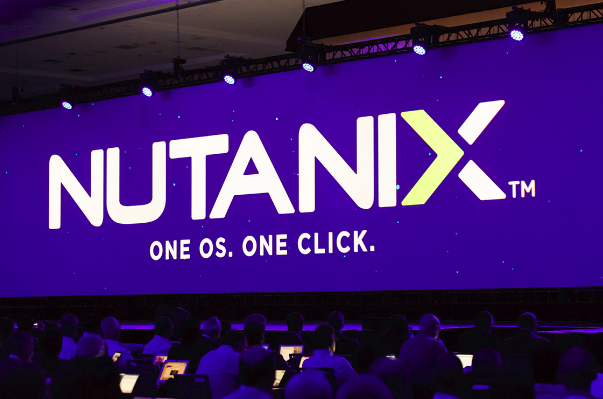 INFRA
INFRA
 INFRA
INFRA
 INFRA
INFRA
In a nod to the popularity of hybrid cloud architectures, Nutanix Inc. is taking its Beam multicloud governance and management software into the data center.
The San Jose, California-based company today announced that the service it debuted in May for Nutanix cloud instances will now be able to peer into customers’ on-premises Nutanix environments as well.
Beam gives organizations a single overview of all cloud instances, which helps them to optimize spending by identifying unused or underused resources and shutting them down or rebalancing them. It also helps companies maintain compliance with regulations by enabling real-time scans to identify risks and violations.
The announcement comes as organizations are increasingly adopting multiple clouds, enabled in large part by portable platforms such as Kubernetes. Most researchers estimate that the global multi-cloud market will grow at a 25 to 30 percent annual rate for the next several years.
Some organizations are also realizing that the fact that a workload can run in the cloud doesn’t mean it always should. International Data Corp. recently reported that 80 percent of cloud adopters have moved one or more workloads back on-premises from the public cloud or plan to do so.
“Customers are in desperate need of tools and management consoles that help them make boundaries invisible,” between on-premises and cloud infrastructure, said Greg Smith, vice president of product marketing at the hyperconverged computing company. “We expect this will be one of the more popular innovations we’ve introduced in the last few years.”
Beam provides for unified governance of all clouds a customer operates, enabling consumption to be controlled and distributed across a mix of private, public and hybrid clouds, the company said. The software continually analyzes consumption trends to anticipate the need for further purchases and to optimize costs across platforms. Customers can also see the cost of software licenses allocated to each Nutanix cluster.
“It provides not only analysis but also ways to optimize your clouds been to save money,” Smith said. “The more complex your environment, the greater the opportunity for savings.”
Beam will remain a software-as-a-service offering. It connects to local operating system instances through application programming interfaces. Customers can get real-time information about resources being consumed by their Nutanix servers and how much compute loads are costing by server and by cluster. The software ties into Nutanix’s back-end customer relationship management systems to deliver cost information specific to each customer’s account.
That data will be integrated with information about the customer’s Amazon Web Services Inc. and Microsoft Corp. Azure public cloud deployments. Nutanix said customers will be able to see how much they are spending on each Nutanix cluster and get advance notification when they need to add more software based on current consumption trends. The on-premises software is expected to be available by the end of this year.
THANK YOU